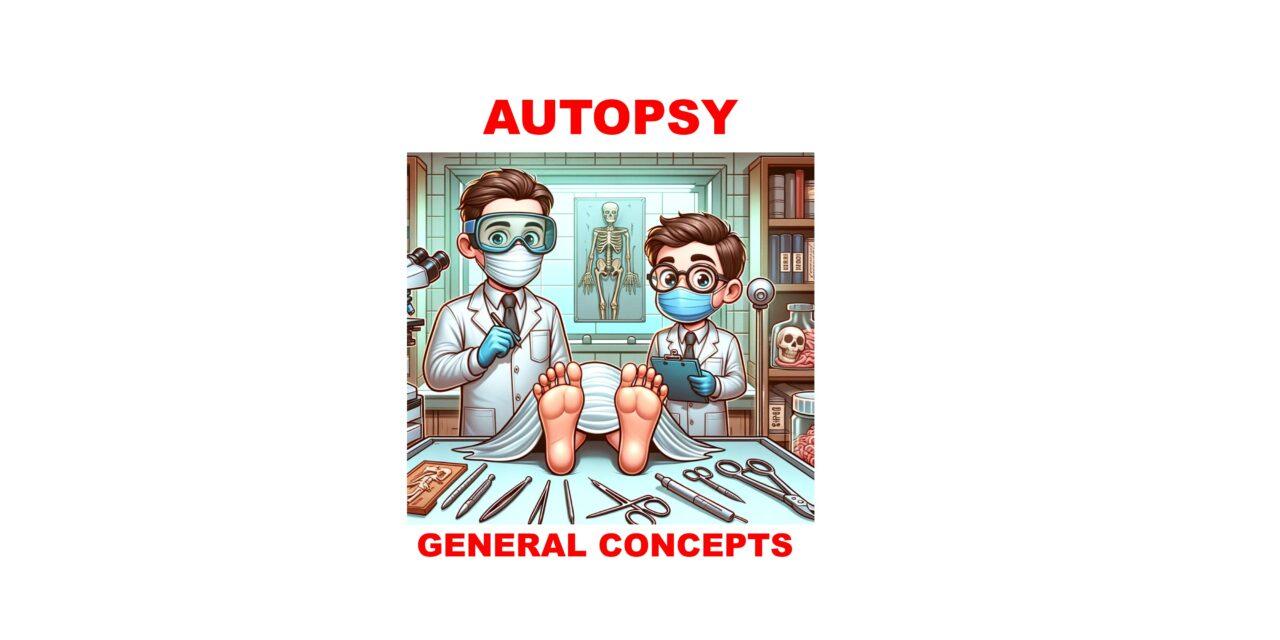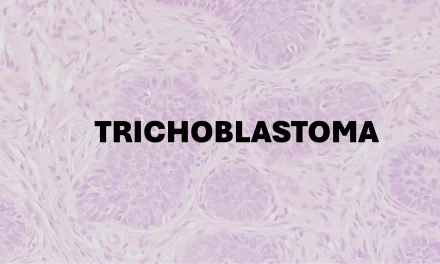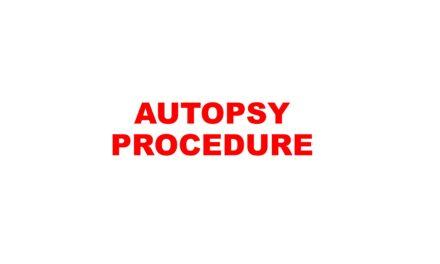1. What is autopsy?
The term “autopsy” derives from the Ancient Greek word – autopsia meaning “to see for oneself” (autos, “oneself”) and (opsis, “sight, view”).
Autopsy is a surgical procedure that consists of a thorough examination of a corpse by dissection to determine the cause, mode, and manner of death; or the exam may be performed to evaluate any disease or injury that may be present for research or educational purposes.
2. What are the indications for an autopsy?
Autopsies are performed for either legal or medical purposes. Autopsies can be performed when any of the following information is desired:
a. Manner of death must be determined.
b. Determine if death was natural or unnatural
c. Injury source and extent on the corpse
d. Post-mortem interval
e. Determining the deceased’s identity
f. Whether any medical diagnosis and treatment before death were appropriate
g. Retain relevant organs
h. If it is an infant, determine live birth and viability
i. Suspected genetic disorders
j. Identify infectious diseases or exposure to hazardous materials
k. Research purposes.
3. What are the causes of sudden death?
a. Arrhythmias
b. Myocardial infarction
c. Cerebrovascular accidents
d. Pulmonary embolism
e. Aneurysmal rupture
f. Drowning
g. Electrocution
h. Burns
i. Road-traffic accidents
4. Why are autopsy requests on the decline?
a. Difficulty in obtaining consent
b. Advancements in modern diagnostic techniques
c. Ethical issues such as respect for the dead body, religious grounds, grieving family members
5. What are the types of autopsies?
a. Medicolegal/Forensic/Coroner’s Autopsy – to determine the cause, mode, manner of death and the identity of the decedent.
b. Clinical Autopsy – to diagnose a particular disease that remained unknown before the patient’s death or for research purposes.
c. Anatomical/Academic Autopsies – educational
d. Virtual Autopsy – non-invasive autopsy using radiographic techniques such as MRI and CT scan without dissecting the deceased and putting the examiner at risk of infections/biohazardous material.
e. Cosmetic Autopsy – maximum possible visualization of the body cavities, keeping the incision and stitch marks hidden while maintaining the aesthetic look of the body.
f. Needle Autopsy – minimally invasive autopsy that allows for a limited closed autopsy examination when invasive procedures are not possible.
g. Limited Autopsy – limited to the body cavity or organ of greatest clinical interest.
6. What is an inquest? Who conducts it?
An inquest is a legal inquiry conducted by a coroner or medical examiner to know the cause of death. A coroner is an appointed official whose duty is to make inquiries into deaths and to ascertain the cause of death. Most often they are medical professionals. However, they could be a lawyer or any professional trained in death investigations




